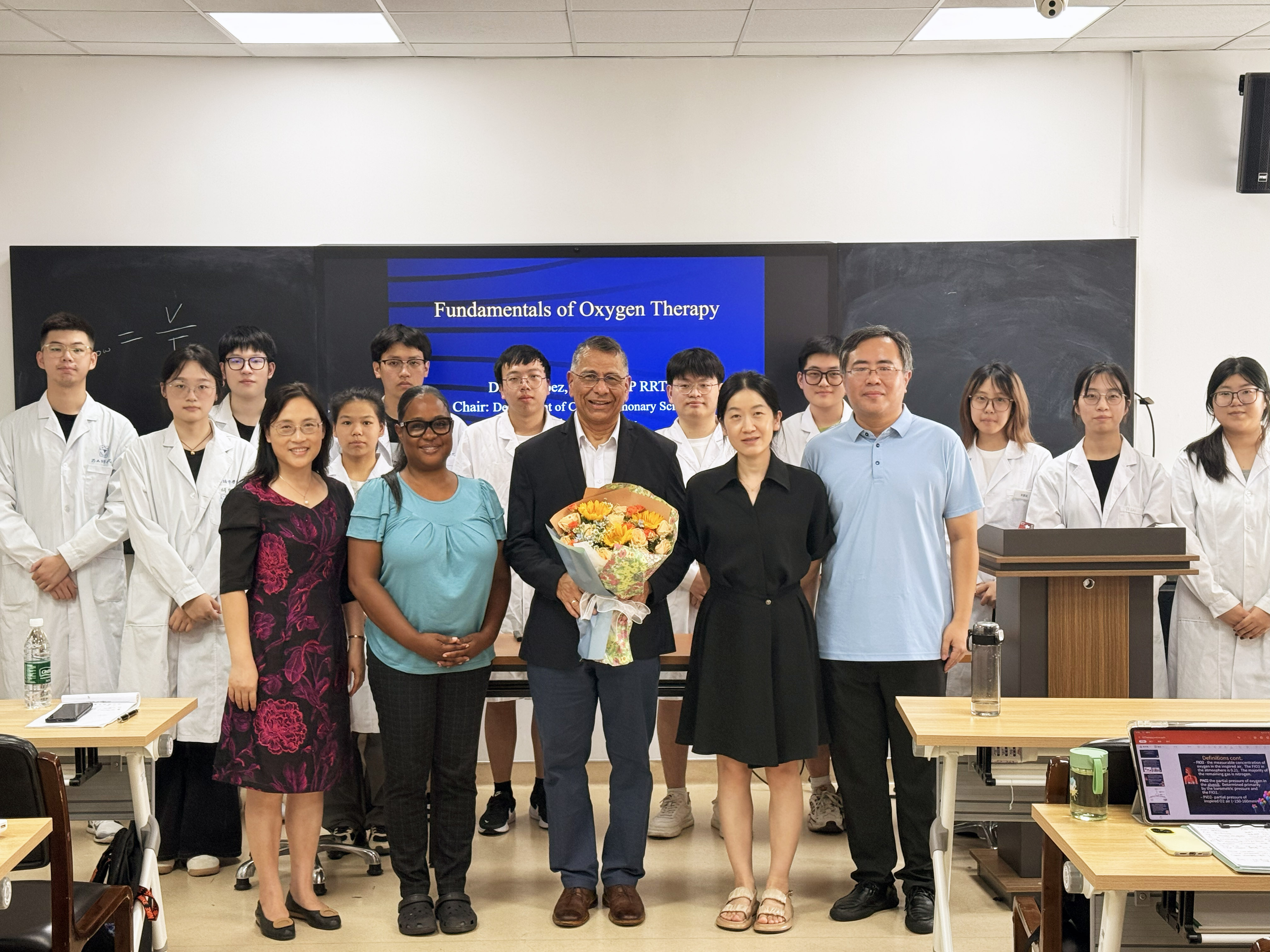
Written by Juli Daniels, Global Health Institute Program Manager for International Service
At the end of July and beginning of September, I had the privilege of traveling to two of our Loma Linda University Health (LLUH) Global Campuses: Zhejiang University Affiliated Sir Run Run Shaw Hospital (SRRSH) in Hangzhou, China, and Scheer Memorial Adventist Hospital (SMAH) in Banepa, Nepal. Each stop along the journey was unique, yet united by a common theme—the power of service, connection, and shared learning across cultures.
For over three decades, Loma Linda University Health has built relationships by lending its medical expertise to Sir Run Run Shaw Hospital. Although I am not a medical professional, have never held another person’s life in my hands, and have not directly contributed to patient care at this hospital, I felt a deep sense of pride in representing an institution that does. As I walked the halls and visited the Heritage Room, which tells the story of the hospital’s history, it was clear that Loma Linda University is woven into the very fabric of this institution. Witnessing the staff’s commitment to delivering quality care for the patients they serve strengthened my own passion and reaffirmed the importance of this long-standing partnership.
Nepal offered a different but equally moving experience. Within 24 hours of my arrival, the country erupted in protests against the government, tragically resulting in close to 100 deaths and thousands of injuries nationwide. With no operational government and law enforcement retreating from the streets, chaos quickly unfolded. Patients injured during the protests in Banepa and surrounding areas came through the doors of Scheer Memorial Adventist Hospital.
I witnessed firsthand the tireless commitment of the medical staff as they remained inside the hospital, caring for those affected by the unrest. Many doctors, nurses, and staff members did not return home for days, instead choosing to stay and serve those in urgent need. Their courage and selflessness left a lasting impression on me. In the face of crisis, they embodied the very mission of healing and service that defines our work as a faith-based institution.
What struck me most was the atmosphere of calm determination. Despite uncertainty and concern for their own families, the staff pressed forward with compassion and skill. Watching them work reminded me that mission is not confined to moments of comfort or convenience—it is revealed most clearly in times of trial. Their example challenged me to reflect on what true dedication to service looks like and how I might live that out in my own role, even in smaller ways.
